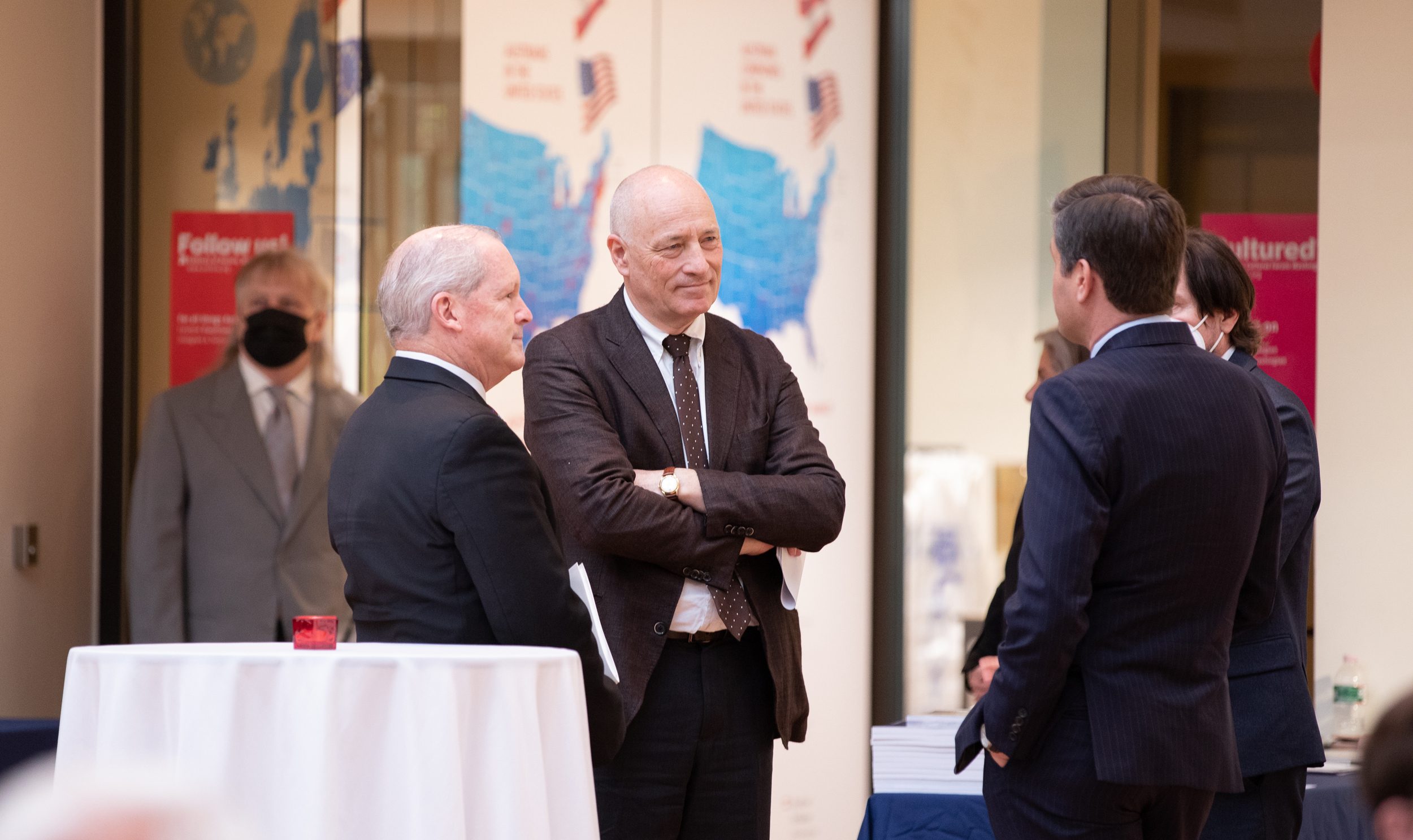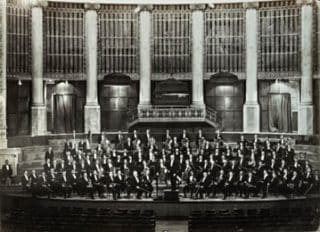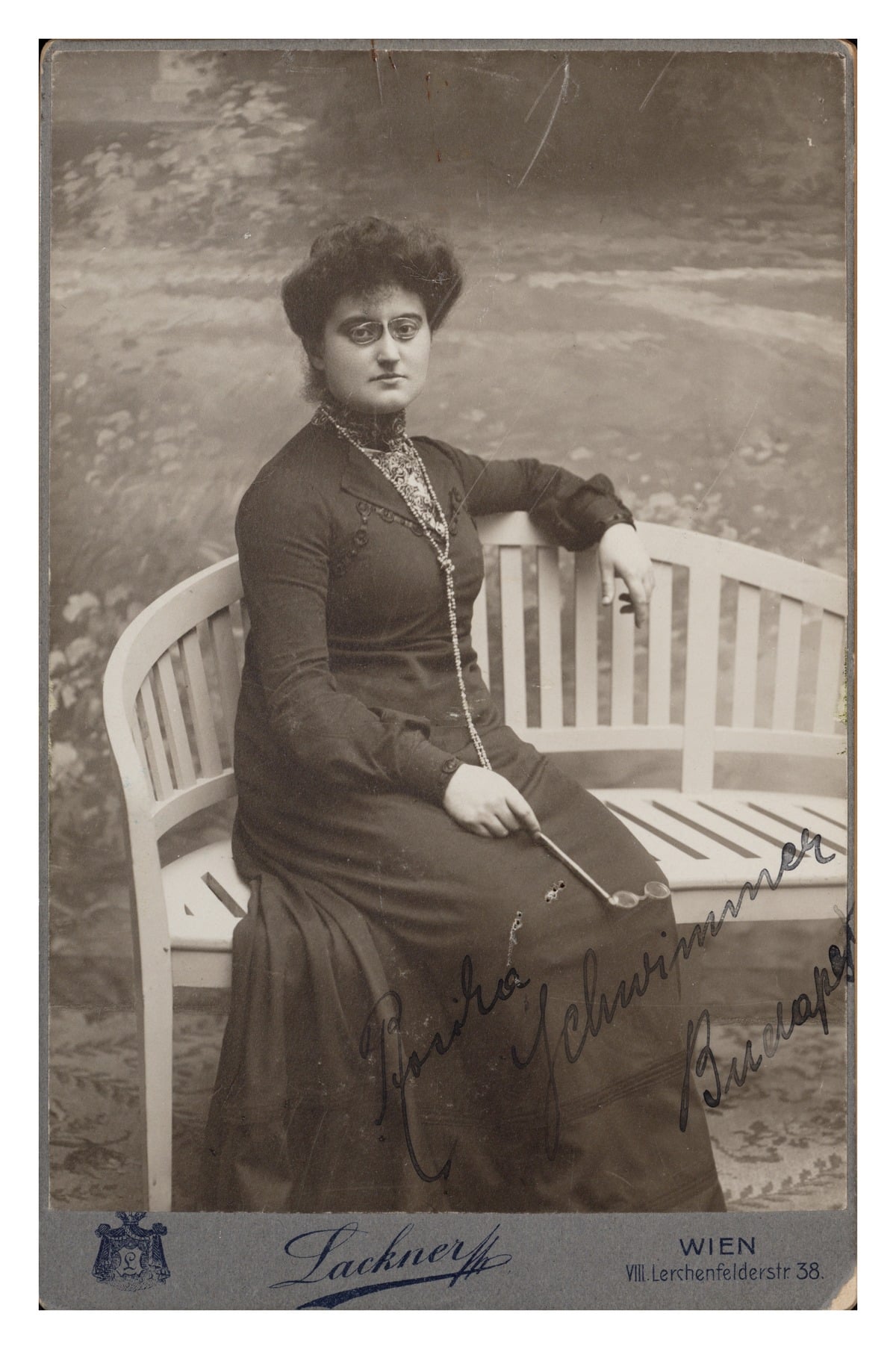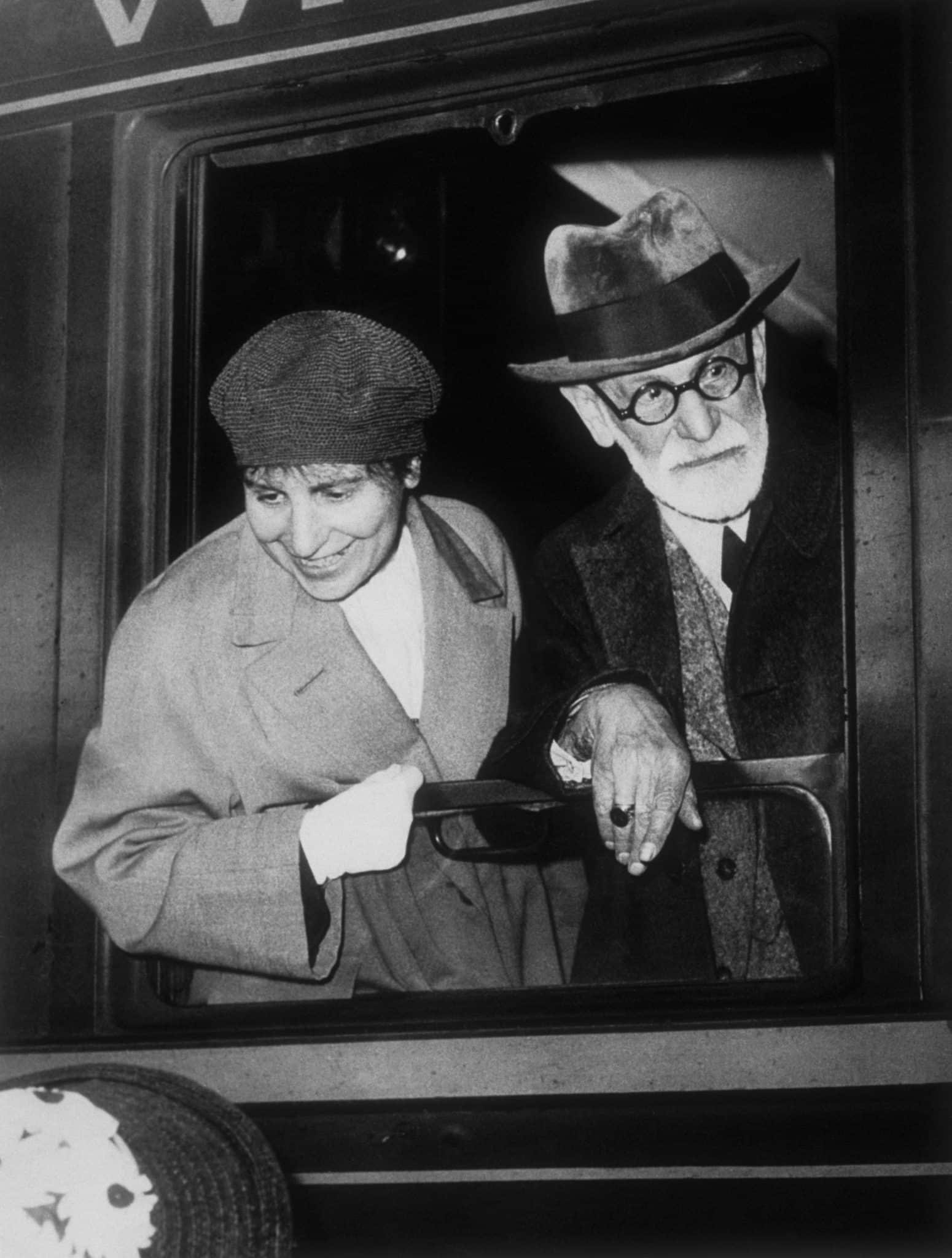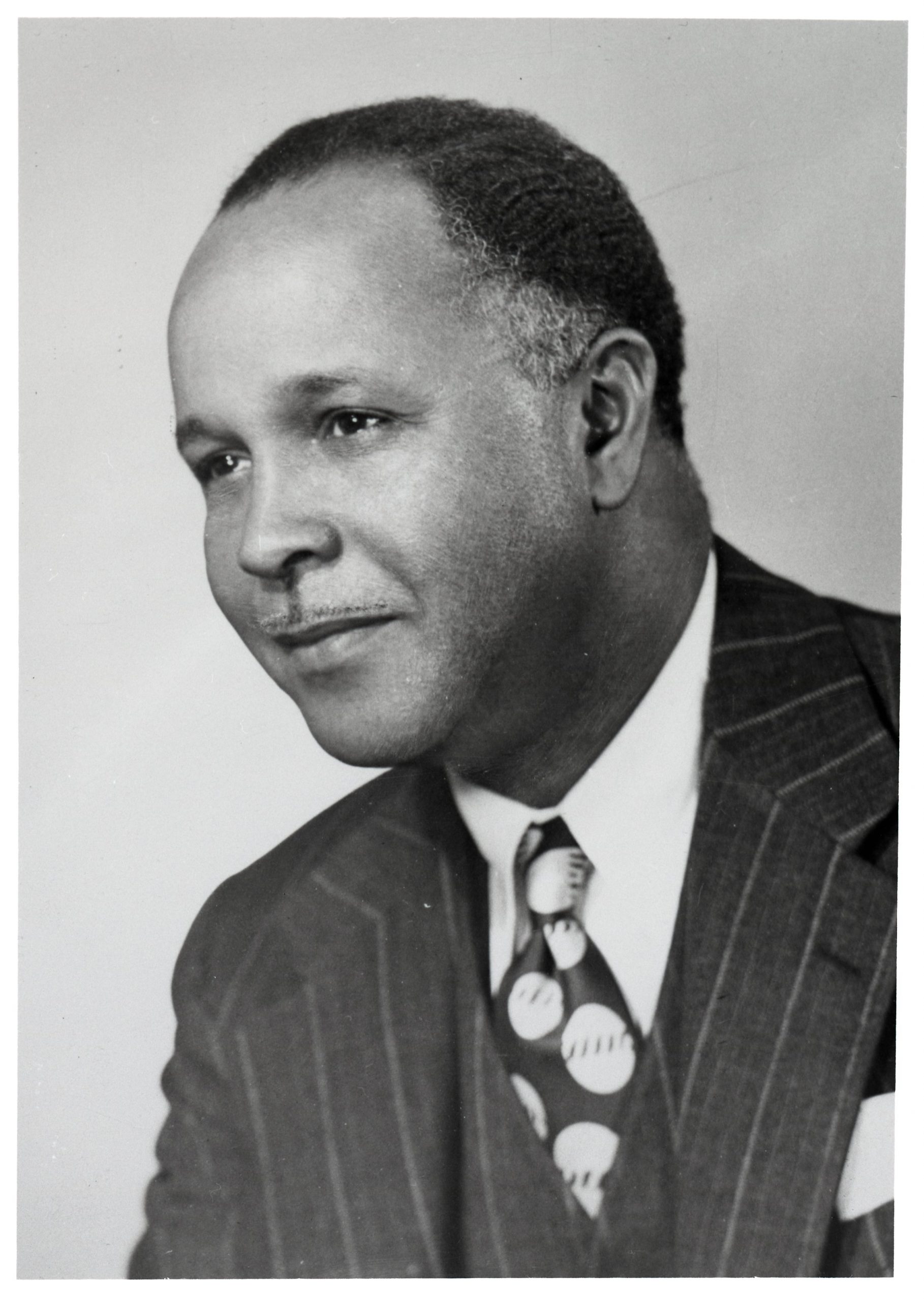BLOG
The BIAAS blog series features posts by junior and senior scholars in the field of Austrian-American studies. The views and opinions expressed in these blogs are those of the author and do not necessarily reflect the official policy or position of BIAAS.
